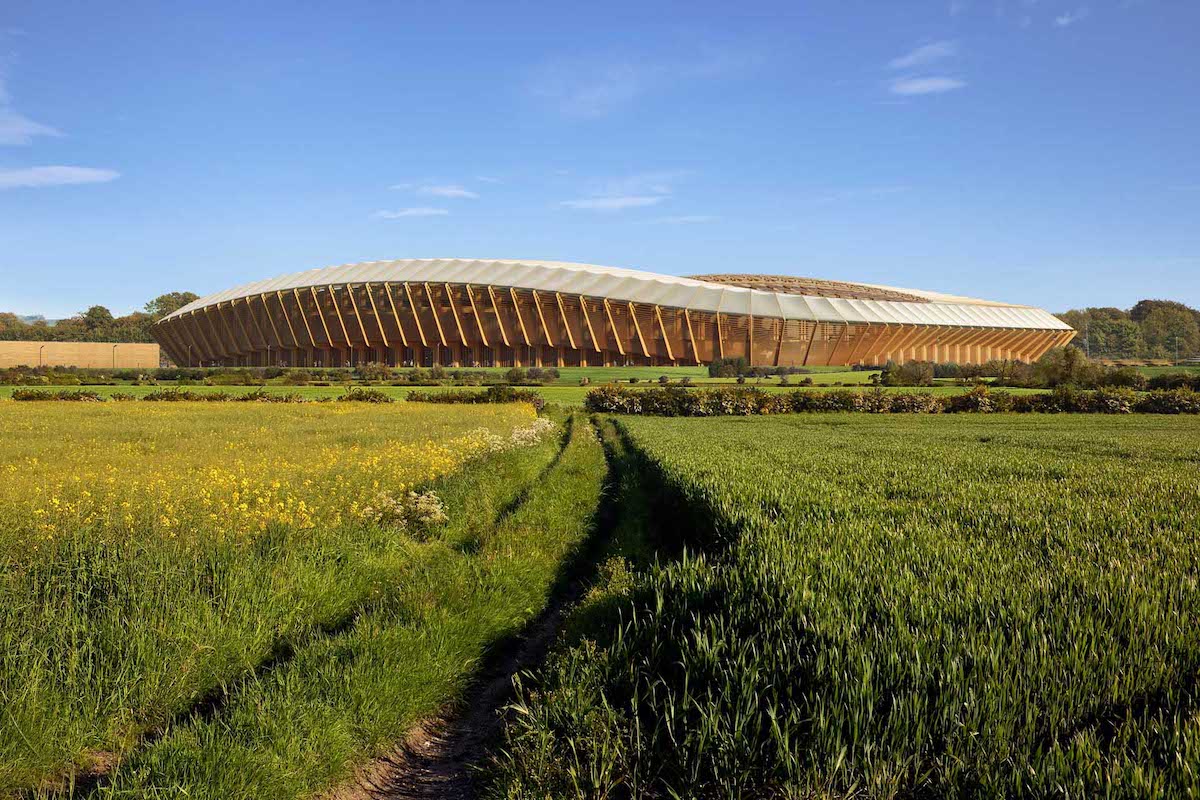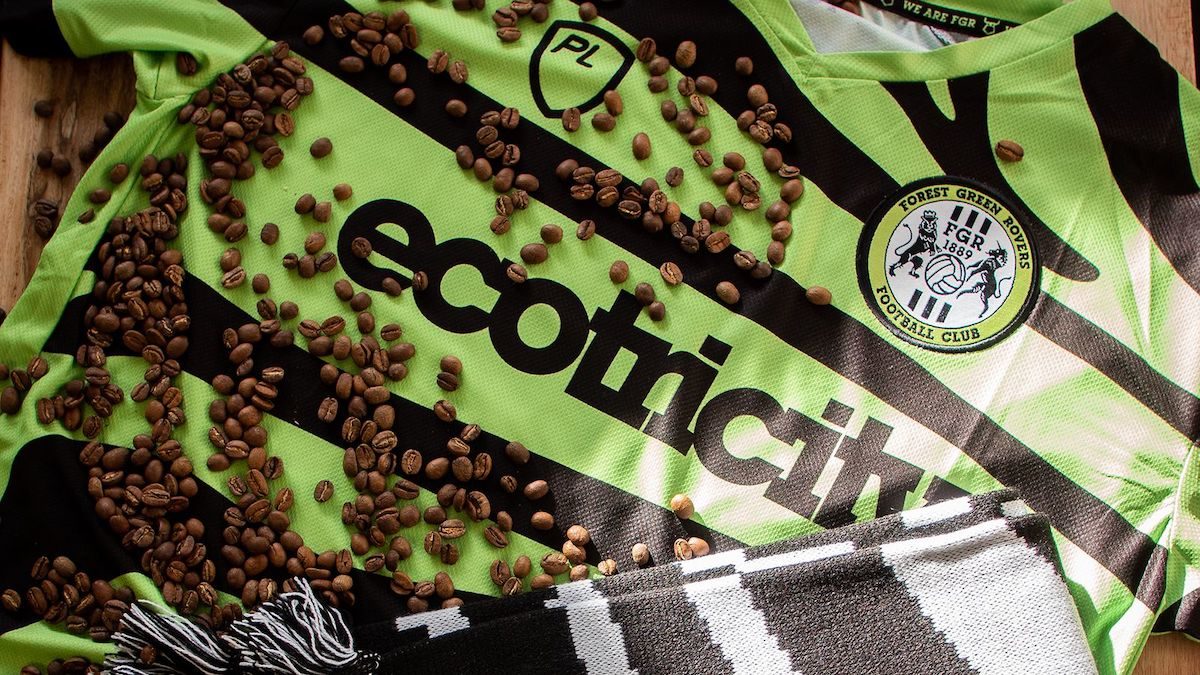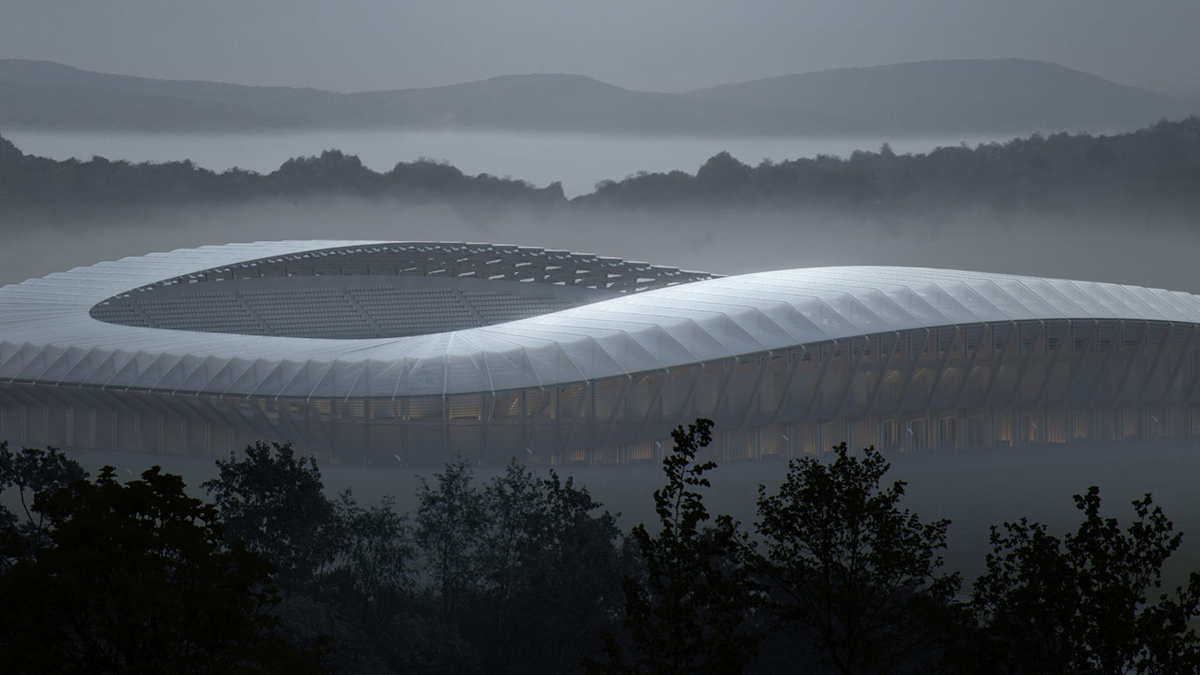How Forest Green Rovers Became the Greenest Football Club in the World

Amid all the recent news of Premier League football clubs being bought by sovereign wealth funds from repressive regimes, EFL League Two team Forest Green Rovers is an upstanding example of how to run a football club with integrity, green-fingered responsibility, and our wider society in mind.
Hailing from the small town of Nailsworth, just 25 miles away from one of the most sustainable cities in the world, Bristol, Forest Green Rovers’ journey to being named the world’s greenest football club by FIFA and the world’s first carbon-neutral football club by the United Nations, started back in 2010. The club had been playing in local leagues since the late 19th century, and had broken into the Conference (the highest football league outside of the main divisions in England) around the turn of the millennium when it was bought by Dale Vince, the founder of Ecotricity, a green and renewable energy supplier.
From megawatt lighting rigs to keep pitches in tip-top shape to the near-constant, fossil fuel-guzzling travel involved, football certainly has a large impact on the environment. Vince’s vision was to bring success on the pitch, while also turning the tide with a number of initiatives that could lead the way and inspire others, be it other football clubs — several clubs, including Ajax and Bristol City, now have solar panels on their stadium roof — or the swathes of fans who watch the sport.
Here we look at some of the sustainable actions that have made Forest Green Rovers the most environmentally-friendly football club on the planet.
Sustainable Football Kit Made From Coffee Waste
Forest Green Rovers had already been playing in kits made out of bamboo, a relatively eco-friendly crop that needs significantly less water to grow than cotton, before it decided to go all-out on the sustainable tech this year with playing gear made from recycled plastic and waste coffee grounds from a local roasters.
“It’s time the world of football wakes up and smells the coffee about the future of the planet,” said Vince upon the announcement.
This dedication to sustainability has started to trickle up to the top tier though, with Manchester United playing in a kit made from reused ocean plastic, the result of a continued collaboration between its shirt manufacturers Adidas and environmental initiative Parley for the Oceans, while Liverpool, Real Madrid and Juventus have all run out in shirts made from recycled bottles in recent seasons.

All-Vegan Food On Matchdays
Meat-filled pies are a match-day standard for footy fans, but not so at Forest Green Rovers. Since 2015, the club has been completely plant-based with a Vegan Trademark from the Vegan Society to prove it. After all, going vegan has been shown to come with a host of environmental benefits, with researchers at the University of Oxford finding that cutting meat and dairy products from your diet could reduce an individual’s carbon footprint from food by up to 73 percent.
Now, fear not, pies are still on the menu; just not in their usual guise. So instead of steak and ale, you’ve got Quorn and leek, alongside cauliflower bhajis, Cajun-spiced fried green beans, and caramelised onion and asparagus puff pastry tart. Plus, any waste cooking oil is recycled into biofuel.
World’s First Timber Football Stadium
Forest Green Rover’s current stadium The New Lawn already has a host of environmentally-friendly features from the world’s first organic football pitch (no artificial fertilizer; instead the groundskeeper sprinkles Scottish sea algae and rips out weeds by hand) to a rewilded habitat around the ground to allow local wildlife to flourish.
The grand plan though is to move to the aptly dubbed Eco Park. Designed by the world-renowned Zaha Hadid Architects, the planned 5,000 seater will be made completely from sustainably-sourced timber.
“The importance of using ethically sourced wood, is not only that it’s a naturally occurring renewable material, but that it has very low embodied carbon compared to alternatives such as concrete and steel,” a company spokesperson told New Civil Engineer. “So the stadium will have the lowest embodied carbon of any sports stadium in the world.”
Around 500 trees and 1.8 km of hedgerows will be planted at the site to promote biodiversity, while the club aims to make the new stadium completely carbon neutral.

Fully Powered By Renewables
Being owned by a renewable energy company, it’s no surprise to find Forest Green Rovers are well ahead when it comes to cutting out unsustainable energy sources.
And so, instead of your normal, petrol-fuelled team bus, Forest Green Rovers has an electric team bus, while the club has also built in a carbon offset into every ticket, allowing them to compensate for the carbon emissions generated by fans travelling to its New Lawn stadium, and those fans attending away matches (there’s also a bounty of electric car charging points in the car park).
Beyond that, the club is also completely powered by green energy electricity and carbon-neutral gas, with solar panels on the stadium roof and a solar-powered robotic lawn mower that uses GPS technology to automatically guide it around the pitch without the need for human intervention. Plus any rainwater that seeps down from the roof is then collected and recycled for other uses throughout the stadium.
As a fellow brand with sustainability at its heart, the Forest Green Rovers story is an inspiring one, and proof that you can realise the greatest version of yourself while being mindful of the planet, and others. To discover more about Form’s own sustainability initiatives, read here.


















